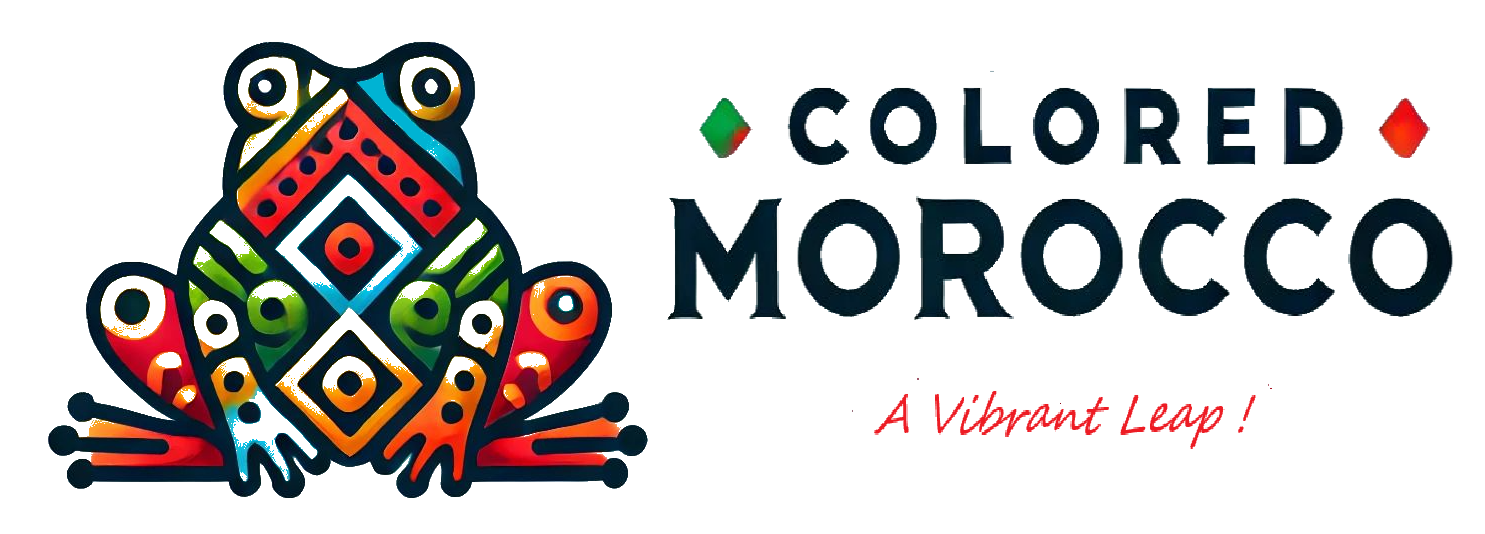Nestled within the labyrinthine streets of Marrakech’s ancient medina, adjacent to the illustrious Bahia Palace, lies a hidden gem that beckons culinary enthusiasts and culture aficionados alike – the Moroccan Culinary Art Museum. As I stepped through its grandiose doors, I embarked on a sensory voyage through the rich gastronomic heritage of the kingdom.
A Historical Tapestry:
The museum, inaugurated on the 30th of May, is housed within an 18th-century edifice meticulously restored between 2017 and 2019. Ghislane Bensaddok, the museum’s director, exuded pride as she recounted its rich history, once belonging to a prominent city notable. Despite its closure during the throes of the Covid-19 pandemic, its recent reopening heralds a celebration of Morocco’s culinary legacy.
An Olfactory Odyssey:
Stepping into its expansive interior, I was greeted by the fragrant embrace of Moroccan spices. Two inner courtyards, one adorned with intricately patterned zellige tiles spanning over 700 square meters, set the stage for an immersive experience. Visitors are invited to meander through a series of chambers, each unveiling culinary treasures and iconic dishes emblematic of Moroccan cuisine.
Culinary Treasures Unveiled:
The museum’s exhibits transcend mere gastronomy, showcasing the exquisite craftsmanship and artistry synonymous with Moroccan hospitality. From intricately designed copperware to ornate cedarwood tables, every artifact narrates a tale of tradition and refinement. Delicately embroidered linens, meticulously crafted by local artisans – potters, silversmiths, coppersmiths, and embroiderers – offer a glimpse into the intricate tapestry of Moroccan culture.
A Cultural Pilgrimage:
Beyond its culinary delights, the museum serves as a cultural sanctuary, preserving centuries-old traditions and fostering appreciation for Morocco’s diverse heritage. Visitors are not merely spectators but active participants in a culinary odyssey that transcends borders and transcends time.
In Conclusion:
The Moroccan Culinary Art Museum stands as a testament to the enduring allure of Moroccan cuisine and craftsmanship. With its labyrinthine corridors and aromatic ambience, it beckons travelers to embark on a journey of exploration and discovery. As I bid farewell to its hallowed halls, I carry with me not just memories but a newfound appreciation for the artistry and ingenuity woven into the fabric of Moroccan culture.



Comments